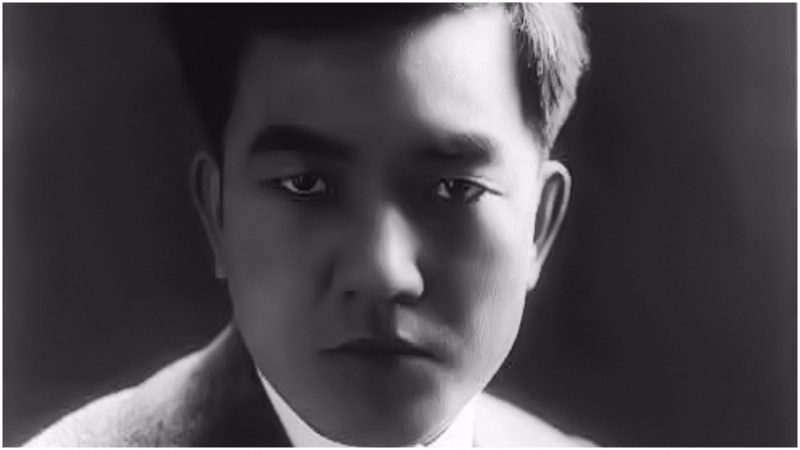The first name that comes to mind when people hear “sex symbol” is probably Marilyn Monroe. Her unique style, blond hair, and breathless manner of speaking earned her a secure place in the history of Hollywood as one of the sexiest stars of the 20th century.
Marilyn Monroe might be Hollywood’s most enduring sex symbol, but she was not the first nor the last. Many others, including Elizabeth Taylor, Ingrid Bergman, Ava Gardner, and Rita Hayworth heated up the screen and graced the cover-pages of magazines, marking an entire era in Hollywood.
What of the men? Elegant, hunky, dashing, stylish, and sexy, male Hollywood stars have many women go a little weak in the knees. None of them were bereft of talent, but their sensual presence is what completed the Hollywood recipe for success.
Sex symbols of the cinema are pretty much as old as the film industry itself, making their mark since the era of the silent movies. Movie buffs will probably remember the legendary Latino lover of the silent cinema, Rudolph Valentino, as the most talked-about sex symbol of the silent era. But the star of George Fitzmaurice’s The Son of the Sheik wasn’t the first actor who made women swoon. Hollywood’s first “Sexiest Man Alive” was actually the Japanese actor Sessue Hayakawa, who starred alongside Fannie Ward in Cecil B. DeMille’s silent drama The Cheat.
Born on June 10, 1889, in Chiba, Japan, into a wealthy family, young Sessue Hayakawa didn’t show any particular interest in acting and was more keen on becoming a career officer in the Japanese navy. He was disappointed when the Navy turned him down due to hearing problems caused by a perforated eardrum. In fact, he was so disappointed that he wanted to commit suicide but was saved in the last seconds, thanks to his father’s quick actions.
Once he recovered from the suicide attempt, he focused on making a career in banking and attended the University of Chicago, where he studied political economics. However, he soon lost interest in banking and went to Los Angeles where he joined the Japanese Theatre in Little Tokyo with the intention of becoming an actor.
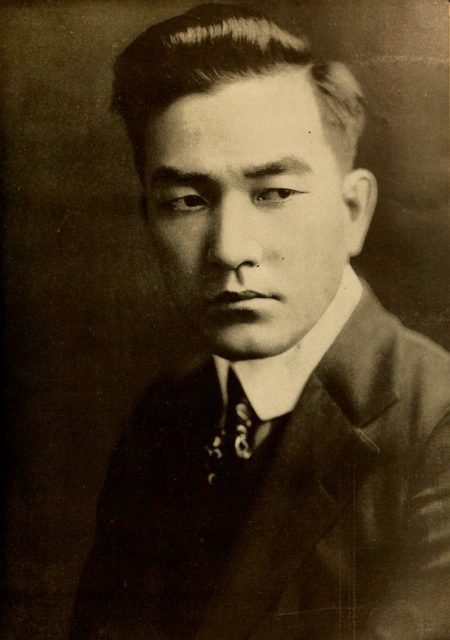
He eventually toured the United States with the theater company and was spotted by film producer Thomas H. Ince, who immediately offered Hayakawa a movie contract. His performance in The Wrath of the Gods (1914) and The Typhoon (1914) brought him overnight success, making him the first Asian-American Hollywood star. A contract with the Jesse L. Lasky Feature Play Company, which later became the famed Paramount Pictures, followed and a star was born.
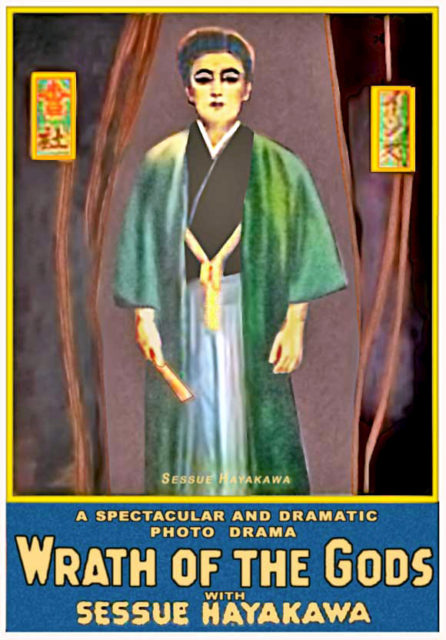
It took him only one year to become an international star due to his appearance in Cecil B. DeMille’s The Cheat. The Japanese actor became a superstar of the silent era and was as popular as Douglas Fairbanks, Charlie Chaplin, and John Barrymore.
Apart from being popular, Hayakawa was also one of the highest-paid actors in Hollywood and he definitely knew how to spend the money he earned. He partied till dawn and spent thousands of dollars every night. The man took over Hollywood and established himself as the ultimate sex symbol of the era.
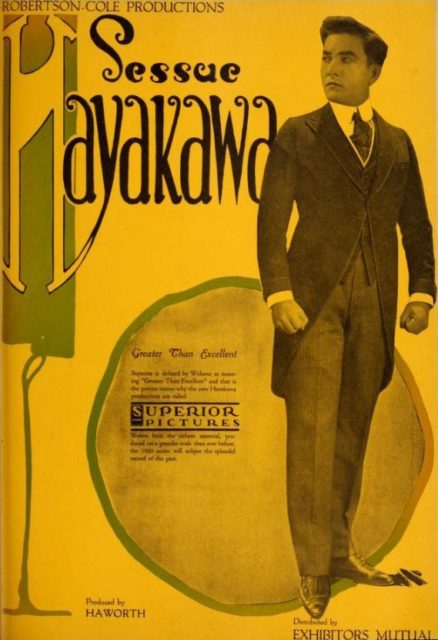
American women adored Hayakawa, but there were also some who couldn’t accept the fact that he was Hollywood’s “Sexiest Man” and protested the movies where he often portrayed a romantic hero, starring opposite some of the greatest stars of the era, such as Jack Holt and Marin Sais.
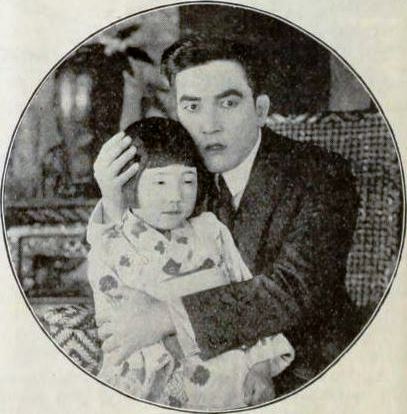
Nonetheless, Hayakawa continued his dominance of the Western box office. This made it possible for him to leave Famous Players-Lasky and form his own production company, Haworth Pictures Corp. The company was quite successful at the beginning, producing numerous Asian-themed movies, but the rise of anti-Asian sentiment in the United States during the years that followed the end of World War I ruined Hayakawa’s “American Dream.”
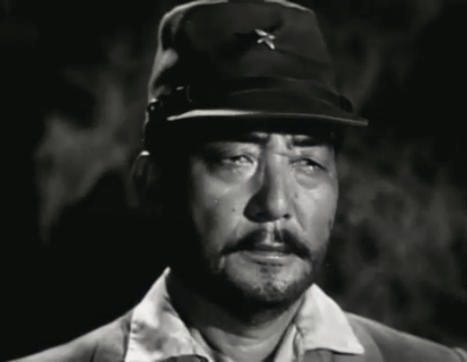
He tried to make a career in Japan, but it didn’t work out, so he settled in France, where he became widely known.
Once World War II was over, Hayakawa decided to try his luck in Hollywood again, but Japanese actors were not as welcome in the United States as they were during the first decades of the 20th century. However, Hayakawa received a nomination for Best Supporting Actor for his portrayal of Colonel Saito in David Lean’s The Bridge on the River Kwai.
The first Hollywood male sex symbol continued appearing on the big screen until 1966, when he retired and went back to Japan. This time he became a Zen master. It’s been a century since he hit Hollywood star and no other Asian actor has reached his level of fame.
